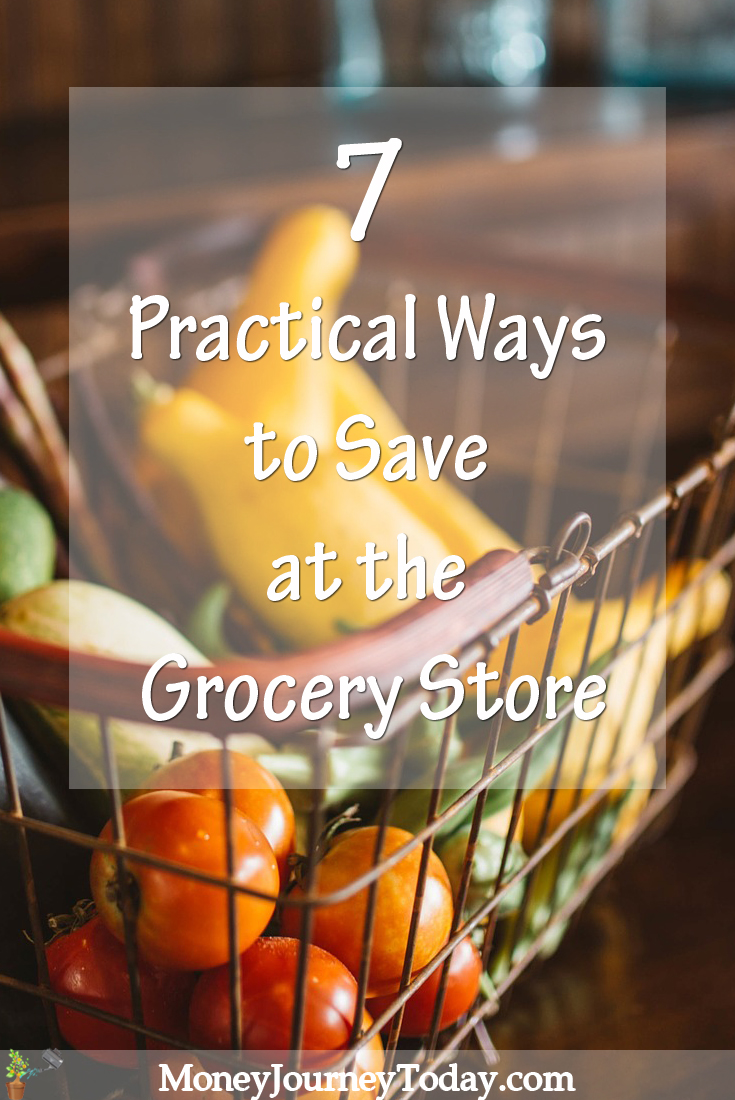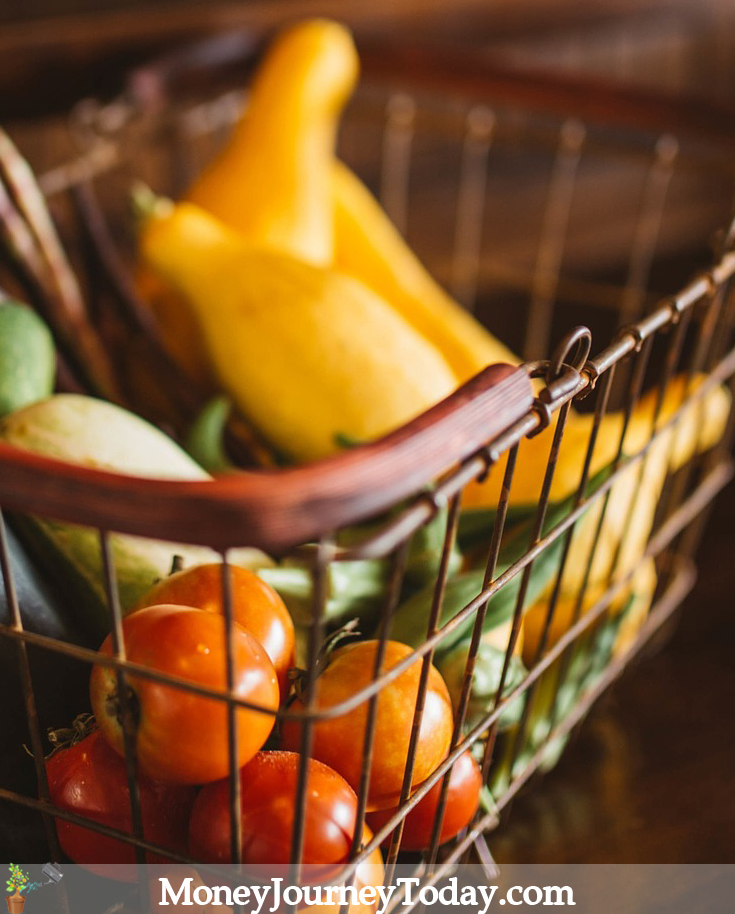For many individuals and families, the rising cost of food is a concern. Increasing food prices are eating into small household budgets and straining people’s wallets. While many of us are looking to save in any way we can, it may be difficult to follow through on major, long-term lifestyle changes.
However, saving at the grocery store can start small. Simple, practical strategies can be easier to maintain in the long term and help you budget more effectively. Here are seven easy ways to save money when grocery shopping.

Plan meals around what’s on special
How you plan your weekly menu could affect your grocery budget.
Planning meals around what’s on special—instead of making a menu and then looking for deals—can help you better take advantage of the deals and coupons offered each week. It’s also a time saver, as you don’t have to hunt down bargains to match a meal you already have in mind.
This swap may take some getting used to at first. You may be limited to seasonal produce or need to swap cuts of meat to suit what’s on special each week. However, you’ll also have the opportunity to add more variety to your diet and may even discover a new favorite dish!
Go vegetarian
Meat is usually the biggest portion of most people’s meal budget. One quick way to save on grocery bills is to eat more vegetarian meals. The switch doesn’t need to be huge—serving just two or three meatless meals each week could help you save hundreds of dollars in a single year.
Protein alternatives, like black beans, spinach and chickpeas, can be just as filling as meat and may hold more nutritional value. They also cost less, so you won’t sacrifice your savings in the name of health. If you do have health issues, such as low iron, you may want to speak with your doctor before making any major changes to your diet.
Make a list—and stick to it
Walking into the grocery store with a clear plan could also help you avoid overspending. Having a list of exactly what you need could help you avoid over-purchasing perishable items that may go bad. Throwing out unneeded or unused food is basically throwing money in the bin (more on that next).
Of course, actually sticking to your list is just as important as making one. Impulse purchases can sink your budget, so it’s best to careful follow your shopping list. Resolve to only buy what you came to the store to get, regardless of other specials. Grocery stores typically rotate the items on sale, so anything you do see may be on discount again in a few weeks’ time.
Take stock before you shop
Ever returned from the grocery store to discover you purchased an item you already had? Food waste is a big issue for many developed countries, and is partly caused by over-purchasing. In New Zealand alone, residents throw away about $872 million worth of food each year.
Checking the fridge and pantry before you shop can help you eliminate waste and save money. Cooking ingredients with long shelf lives, like flour or cooking oil, are fine to stock up on during sales.
However, if you’re regularly throwing out perishable items because they’ve gone bad (bread, dairy, vegetables), you may want to rethink how much you’re buying. The week’s menu might need to take
into account food from the previous week’s shop that is about to expire.
Have a snack before leaving the house
You may have heard this bit of wisdom before, but it now has some scientific backing. A recent study showed that people who shop on an empty stomach are more likely to buy additional items than those who eat beforehand. In the study, hungry participants added two more pieces of junk food to their trollies than their full counterparts.
Two items may not sound like much, but impulse purchases can add up over time. If you purchase just an extra $6 worth of snack food items during each weekly shop, you’ll end up spending $312 over the entire year!
Plan to shop alone
With your list in hand and a full stomach, you’re ready to hit the grocery aisles. But even the best shopping plan can be derailed by bringing other family members along. Leaving your significant other or children at home (if possible) could help you save.
Grocery stores use many strategies to get customers to buy more, including targeting kids. For example, expensive sugar-filled breakfast cereals are often placed on lower shelves to catch the eye of children. The hope is that parents will buy these items to appease cranky kids, spending more in the process. You may also have a well-meaning spouse who picks up too many impulse items, negating your carefully written list! If possible, leave the family at home so you can focus on getting only what you need and finding bargains.
Bring your own music
Another tactic groceries use to encourage spending is carefully choosing the music they play. Slow-tempo music tends to make people move at a slower pace, which in turn leads to higher sales volumes. Items you may not have noticed otherwise can catch your eye as you walk slowly through the grocery aisles. You may also feel more relaxed when listening to slower music, and thus more willing to make impulse purchases.
In this case, saving money may be as simple as playing your own music as you shop. Music apps make it easy to create or find up-tempo playlists to encourage a faster walking pace as you move through the grocery shop.
With a few small changes to your shopping routine, you may be able to lower your household food budget. These swaps might also lead to other positive benefits, such as improved health for you and your family. Try some next time you head to the grocery store and see how they might work for you.

[…] often think that saving money on food means you have to give up on your favorite meals or stop eating healthy. Fortunately, that’s […]
[…] fare una lista di cosa ci servirà in settimana […]
[…] since everyone would love to get groceries for free, extreme couponers have become not only fascinating but the subject of […]
[…] Shopping for groceries? Pay with cash! […]